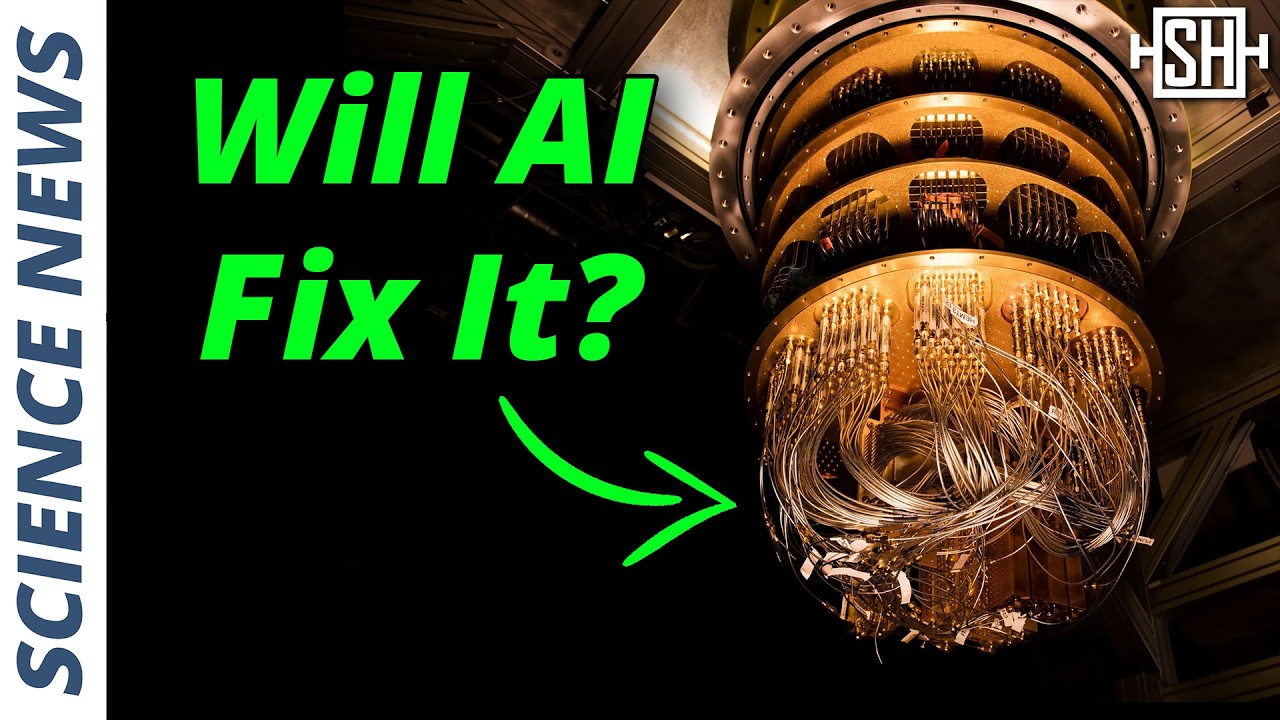The video explores the promising intersection of artificial intelligence (AI) and quantum computing, highlighting how AI is being utilized to improve error correction in quantum systems, such as Google’s AlphaCubid. It also discusses the “atoms in tweezers” approach, which shows potential for scalable quantum computing, and reflects on the implications of AI’s role in challenging existing concepts of quantum mechanics.
The video discusses the intersection of artificial intelligence (AI) and quantum computing, highlighting a relatively unknown approach that could gain traction due to advancements in AI. The speaker expresses pride in covering emerging trends, even if they are not widely discussed yet. Quantum computing is portrayed as a revolutionary technology with the potential to solve significant problems, such as financial optimization, which has attracted investments from major financial institutions. However, the current state of quantum computing is still far from achieving commercially viable applications.
One of the main challenges in quantum computing is scaling up devices while minimizing error rates. The speaker notes that AI has begun to play a crucial role in error correction. A notable example comes from Google’s AI group, which has developed a system called AlphaCubid that uses AI to actively reduce error rates in superconducting qubits. This system has shown measurable improvements over previous algorithms, suggesting that AI could help make quantum computers more practical for larger computations.
The video also introduces the “atoms in tweezers” approach to quantum computing, which utilizes electromagnetic fields to trap and manipulate atoms in an array. This method is gaining attention for its potential to scale quickly due to the small size of the atoms. A recent survey among quantum computing experts indicated that neutral atoms might hold the most promise for practical applications, although the survey was conducted by a company involved in this technology.
A significant development in this area involves using AI to optimize the arrangement of atoms in the tweezers setup. The video showcases an impressive atom tomography image demonstrating over 2,000 atoms arranged in an almost perfect array, each capable of acting as a qubit. While calculations have not yet been performed with this setup, the rapid progress suggests that practical applications may be on the horizon.
Finally, the speaker reflects on the implications of AI’s role in quantum computing, particularly regarding the fundamental nature of quantum mechanics. If AI can effectively eliminate errors beyond theoretical limits, it could challenge existing notions about the randomness inherent in quantum mechanics. The video concludes with a promotion for educational resources on platforms like Brilliant, which offer courses on topics related to AI and quantum mechanics, encouraging viewers to explore these subjects further.
